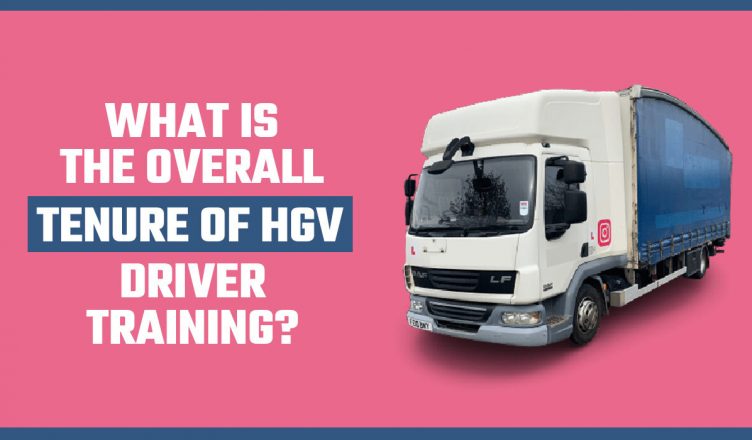Driving is a vast aspect as there are many people who enjoy travelling on wide-open roads so driving HGVS can be the best career for you. As an HGV driver, you can generally have a very satisfying and successful career in terms of the transport sector. Therefore, you need to undergo some extensive HGV Driver training to develop the various necessary skill sets if you want to become an HGV driver. What you should know about HGV driver training is listed below. Understanding the aspects in a better way will lead to better driving practices in the long run.
General Tenure of HGV Driver Training
A good driver training program usually provides a type of defensive driving training as well as discussions of various accident types and can also reduce the likelihood of an accident occurring. Additionally, having prior knowledge of road safety can usually prevent many of the dangers of the road and can make the roads safer for everyone who is driving.
Practical HGV training usually takes only five days. However, the entire process, which is also involved in acquiring a licence, then requires almost eight to ten weeks. Training with the right team can obviously make the process faster as well as affordable.
Importance of HGV Driver Training
Well-trained drivers avoid any potential for traffic collisions. Those who completed the HGV Driver Training Course can learn how to deal with challenging circumstances. It results in better and safe driving practices. The firms will then have a lot of money to spend on various types of vehicle maintenance as well as replacement depending on different circumstances. There is a chance to get the desired job through HGV driver training both in the UK as well as throughout Europe. You are valuable to a variety of employers if you can operate a large vehicle professionally and this way you can get more success in your career as an HGV Driver.
Different Licence Types
Generally, it is obvious from the above discussions that the different licences require a bit of different LGV Driver training as well as other aspects such as the tenure of the driver training and various other factors in this concern. Therefore, the licences required to drive different vehicles aren’t the same. These usually depend on the various different weights of different vehicles. Licence categories are generally based on how much a vehicle weighs and how much additional weight it can pull if a trailer is attached to it. Some of the HGV categories are:
Cat C1: Generally a Cat C1 vehicle is one of the smallest vehicles which is used for haulage. It usually weighs almost between 3500kg and 7500kg which then allows for a trailer that usually weighs up to 750kg.
Cat C1+E: This is the licence that usually allows you to drive vehicles that weigh between 3500kg and 7500kg. It also allows for a trailer that weighs almost more than 750kg.
Cat C: With a Cat C licence, you can operate heavier vehicles which usually weigh more than 3500 kilograms and trailers up to 750 kilogrammes.
Cat C+E: This is the licence that allows you to operate the largest vehicles weighing over 3500kg and a trailer weighing over 750kg.
